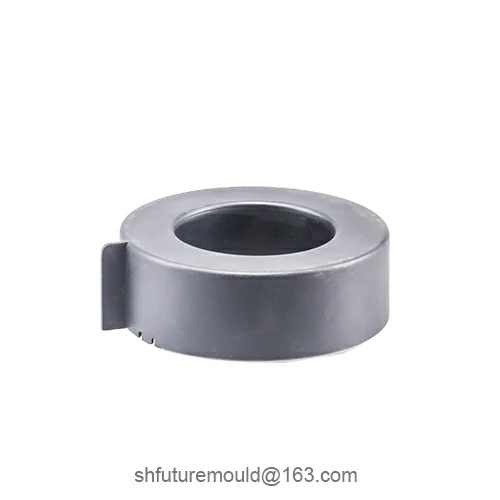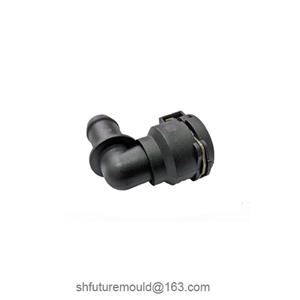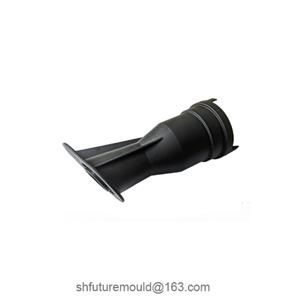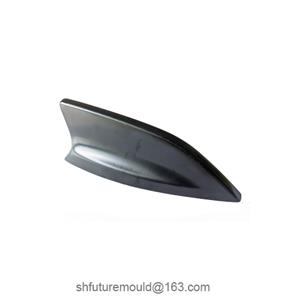Role of the Dust Shield in Injection Molds
The dust shield in an injection mold is not merely a basic dust-prevention component but a critical design element that safeguards product quality and mold performance.
Key functions of the injection mold dust shield include:
1. Contaminant Exclusion
The dust shield blocks airborne particles, fibers, and micro-contaminants from entering the mold cavity, ensuring clean surface integrity and product quality.
2. Internal Mold Protection
By acting as a barrier to the external environment, it minimizes corrosion and wear on internal components (e.g., cavities, gates), prolonging the mold’s service life.
3. Reduction of Air Traps and Defects
The shield partially regulates gas flow within the mold, mitigating molding defects such as air bubbles, sink marks, or voids caused by contamination and gas interference.
4. Thermal Stability
In certain designs, the dust shield isolates the mold from external thermal fluctuations, ensuring homogeneous temperature distribution. This enhances consistency in product dimensions and structural stability.
- Injection Mold
- Automotive Injection Mold
- Electronics & Electrical Injection Mold
- Consumer Goods Injection Mold
- Airplane Components Injection Mold
- Medical Components Injection Mold
- Irrigation Components Injection Mold
- Injection Molds




